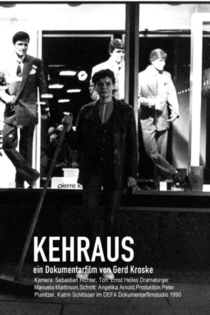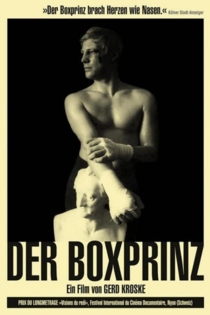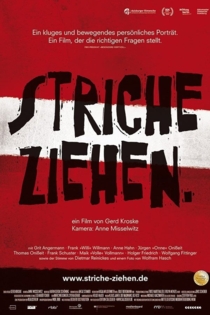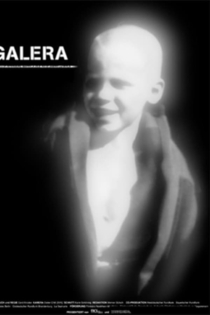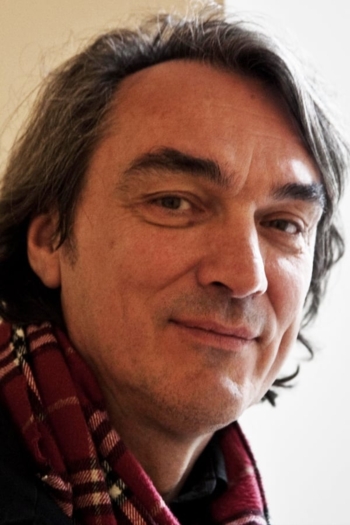
Gerd Kroske
1958 (67 лет)Autobahn Ost
Gerd Kroske
With their border crossings, transit routes and their control by the “Volks-Polizei” (GDR police), with their concrete slabs and their history of construction, reaching back to the “Reichsautobahn” of the National Socialist era, the AUTOBAHN east stands as an example of German and German-German history. With a flair for anecdotes and situations, big politics and the small folks along the side of the road, Gerd Kroske has filmed a documentary, which refers back to the educational films of the transit police and footage of surveillance cameras of the state security and shows much more than a piece of “civil engineering” history.
Highway East
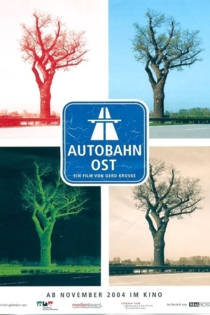
Leipzig im Herbst
Gerd Kroske, Andreas Voigt
Voigt, Kroske and Richter were among the first filmmakers who documented the events of the historic 9th of October 1989. Their “material” reflects them from different angles: protesters, workers, opposition members, policemen, street sweepers and functionaries. THE document of the “peaceful revolution”.
Leipzig in Autumn
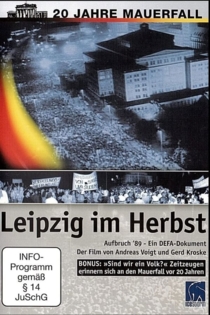
SPK Komplex
Gerd Kroske
The anti-psychiatric Socialist Patients' Collective (SPK) was founded in Heidelberg in 1970 and attributed individual suffering to society’s capitalist structures. It began as a self-organised experiment in group therapy led by doctor Wolfgang Huber with psychiatric patients, featuring Hegel readings and individual agitation, before subsequently radicalizing, which ended in criminal proceedings against its members, some of whom went underground with the Red Army Faction.
SPK Complex
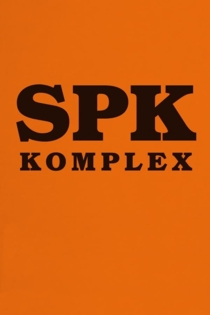
Vokzal - Bahnhof Brest
Gerd Kroske
Brest is not situated in Brittany. The terminus Brest is the frontier station between Belorussia and Poland. This place has seen many conquerors come and go. Therefore the terminus is a real and an anonymous space for telling about history and human fate.
Terminus Brest

Kurt oder Du sollst lachen
Gerd Kroske
Kurt Wans(z)ki has spent his life in psychatric clinics. He is diagnosed as: retarded to the level of early childhood, incapable of learning. Free from all pressure he has constructed a world of himself in the clinic. A survivor, musican and painter in the streets of East-Berlin. The Film questions the conventional concepts of „normaly“.
Kurt - You Shall Laugh
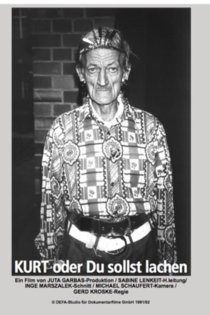
La Villette
Gerd Kroske
Jürgen Böttcher, Christoph Tannert
Only two months after the fall of the Berlin Wall, in January 1990, almost two hundred controversial East German visual and performance artists—including Jürgen Böttcher, the Autoperforation Artists, AG Geige, Via Lewandowsky, Trak Wendisch, Conny Hege, Klaus Killisch, Helga Paris and Hanns Schimansky—presented works rarely shown in the GDR at the exhibition space in the former La Villette slaughterhouses on the outskirts of Paris.
La Villette

Die Stundeneiche
Gerd Kroske
There’s an oak tree that was familiar to everyone who used to drive along the highway just south of Berlin. Until 2004, it stood between the small suburban town of Ludwigsfelde and the intersection at Nuthetal. In the times of the German Democratic Republic (GDR), it took one hour to drive – in one of the famous East German “Trabant” cars – from the position of the tree to the East Berlin city center, which is why it was called the One-Hour Oak Tree. When the famous oak so steeped in history was cut down, the idea emerged to turn it into a sculpture.
The Hour Oak
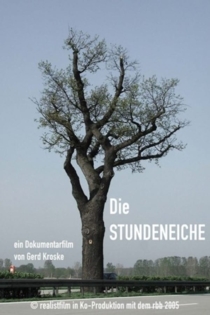
Wollis Paradies
Gerd Kroske
The place: the outskirts of Hamburg, a flat, two rooms, a kitchen, a bathroom. The time: one day and the passing night. Wolfgang “Wolli” Köhler, former owner of a porn-cinema and a brothel, turned poet and illustrator, lives here with his wife Linda. Scenes of cohabitation. Scenes from a life together. Reminiscences of an existence that has led them from Waldheim in Saxony to St. Pauli in Hamburg. Insights into the abject wretchedness of the sex industry. The underworld of covert backyard meetings before the advent of AIDS. Prejudices are undermined, preconceptions challenged. Wolli takes a trip down his own personal “memory lane”.
Wolli in Paradise

Schranken
Gerd Kroske
In the 80’s, new border barrier systems were used in the former GDR. The escape attempts with cars towards West Germany increased. Metal workers and Stasi (Ministry for State Security) are working hand in hand for the defence against “terrorism” in order to prevent escape attempts. In conspiratorial work they created new barriers after their actual working hours. Crash tests for the defence against terrorism, collisions for the case of emergency. Cars crashing into the new barricades, leaving a total loss. From the mid-80s those barriers were installed at all border crossing points. BOUNDS is about the motivation of all who were involved, from tragic ending escapes and gives insight into the German engineering ingenuity and the military spirit.
Bounds

Kehraus
Gerd Kroske
Leipzig is in a period of change. The uproar of Autumn ’89 is followed by a hectic electoral campaign in Spring ’90. Nightly conversations with street sweepers are dominated by hopelessness and broken self-confidence, but one can also recognise a keen sense for the change in social climate following the political unification in the GDR. Despite their lack of illusions, they have an acute view of their surroundings, and for these street sweepers only one certainty prevails: there will always be dirt.
Sweeping
